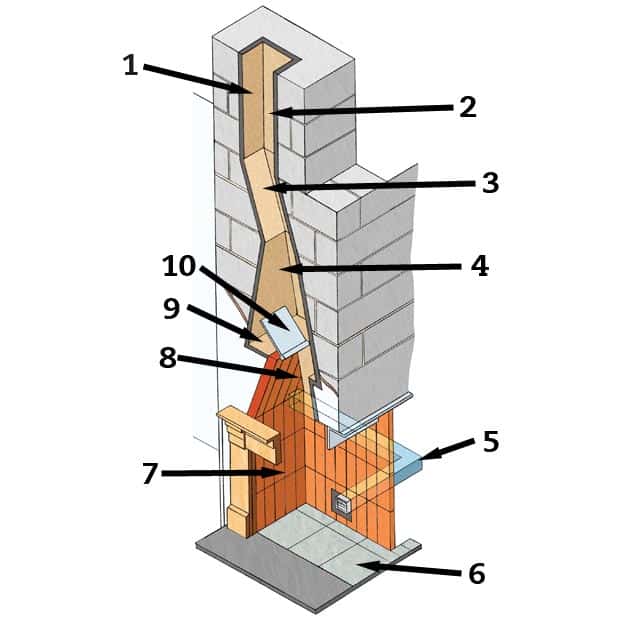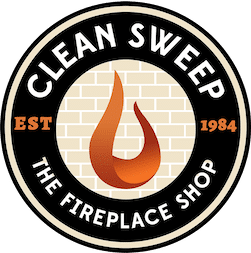
Chimneys have played a crucial role in homes for centuries, allowing for the safe disposal of smoke and gases generated by fires. Understanding the anatomy of a chimney is vital for both homeowners and professionals involved in chimney maintenance and installation. In this guide, we will explore the various components that make up a chimney and their functions, providing a comprehensive understanding of this essential household feature.
1. Chimney Crown:
The chimney crown is the topmost part of the chimney structure. It serves to protect the chimney from water damage and helps direct water away from the chimney’s interior.
2. Flue Liner:
The flue liner is a crucial component that lines the interior of the chimney, providing a safe passage for smoke and gases to escape. It also acts as a barrier between the chimney’s structure and the potentially harmful byproducts of combustion.
3. Smoke Chamber:
Situated directly above the flue liner, the smoke chamber plays a significant role in smoothing the transition of smoke and gases as they move from the flue liner to the chimney stack.
4. Damper:
The damper is a movable plate within the chimney, usually located above the firebox. It controls the airflow and helps regulate the intensity of the fire by allowing or restricting air passage.
5. Firebox:
The firebox is where the actual burning of fuel occurs. It is constructed with fire-resistant materials and contains the hearth, where the fire is lit.
6. Hearth:
The hearth is the floor of the firebox, made of fireproof materials, providing a safe surface for building and maintaining a fire.
7. Ash Pit:
Below the firebox, the ash pit collects ashes and residue from burned fuel, which can be removed for cleaning purposes.
8. Lintel:
The lintel is a horizontal structural support above the fireplace opening, helping distribute the weight of the structure above it.
9. Chimney Breast:
The chimney breast is the part of the chimney that extends into the room, surrounding the fireplace opening. It provides structural support and aesthetic appeal.
10. Smoke Shelf:
The smoke shelf is a ledge above the damper that helps prevent downdrafts and directs any falling debris or water into the smoke chamber.
11. Chimney Flue:
The flue is the passage inside the chimney where smoke and gases exit the home. It can be a single or multiple flue system, depending on the design and purpose of the chimney.
12. Chimney Stack:
The chimney stack is the vertical portion of the chimney that extends above the roofline, allowing smoke and gases to disperse safely into the atmosphere.
13. Cap or Rain Cover:
The chimney cap or rain cover is a protective structure placed on top of the chimney stack to prevent debris, rain, snow, and animals from entering the chimney.
14. Spark Arrestor:
The spark arrestor is a mesh or metal screen within the chimney cap that prevents sparks and embers from escaping and potentially causing a fire.
Understanding the anatomy of a chimney is crucial for proper maintenance and efficient operation. Regular inspections and maintenance by qualified professionals are necessary to ensure the chimney functions safely and effectively. By comprehending the role and components of a chimney, homeowners can make informed decisions to maintain a safe and efficient heating system in their homes.

